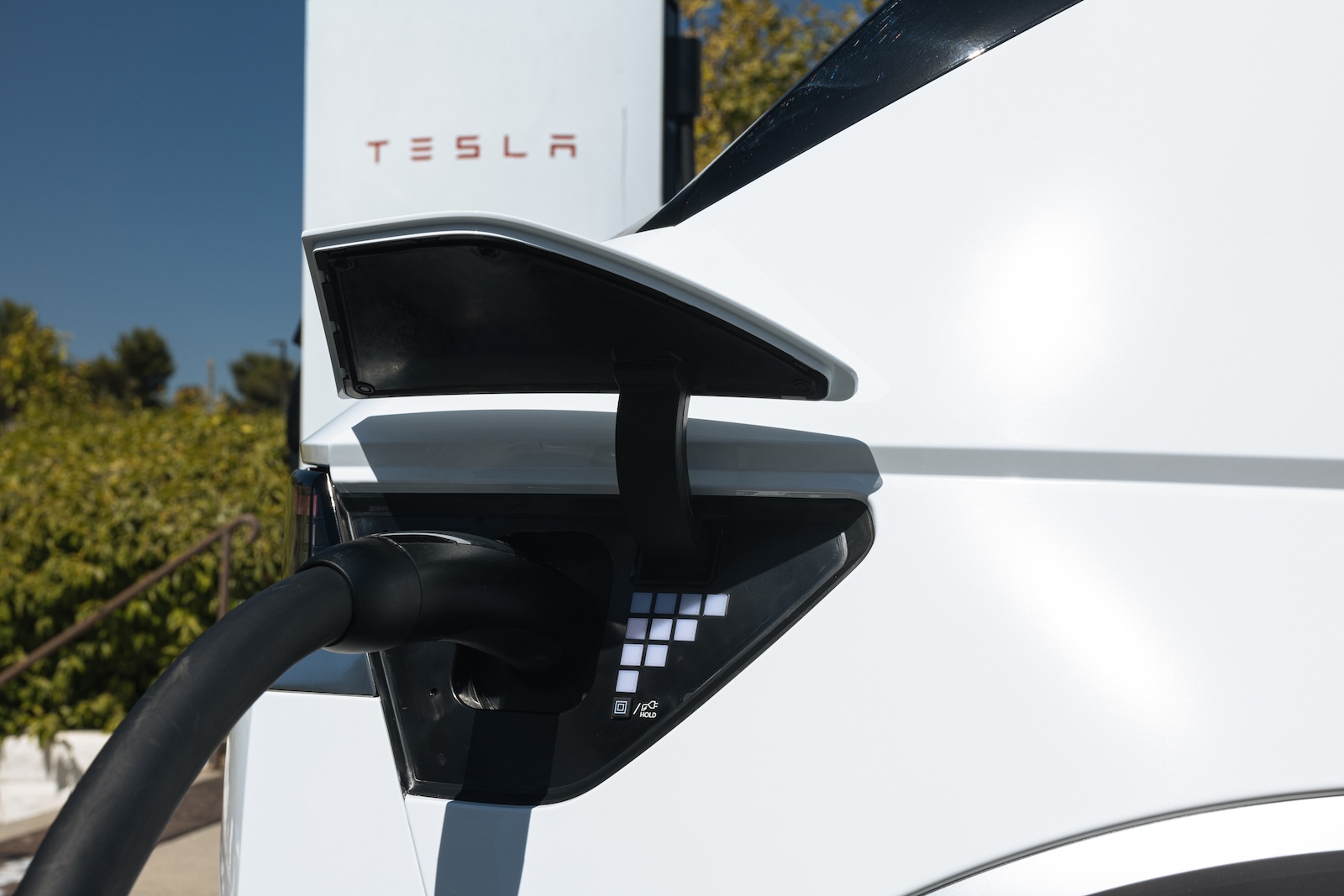Sign up for daily news updates from CleanTechnica on email. Or follow us on Google News!
Why have Pacific Gas & Electric and Zum deployed the largest electric school bus fleet in the US alongside the Oakland Unified School District? Electric school buses make education more accessible and equitable. The harmful gases emitted from an internal combustion engine bus disproportionately affect communities of color and students with disabilities.
Across the Bay Area, impacts on childhood asthma are worst near highways and major roads — where pollution levels are highest. Oakland is hoping to transform kids’ health and tackle climate change at the same time as the new electric school buses replace the current highly polluting, old diesel vehicle fleet.
The Oakland Unified School District (OUSD) is the first major school district in California and the nation to transition to a 100% electrified school bus system with vehicle-to-grid (V2G) charging at scale.
 Chip in a few dollars a month to help support independent cleantech coverage that helps to accelerate the cleantech revolution!
Chip in a few dollars a month to help support independent cleantech coverage that helps to accelerate the cleantech revolution!
Zum is providing a fleet of 74 electric school buses, all with bidirectional chargers in Oakland, managed through its AI-enabled technology platform. The company says that, when electrification of school buses is paired with Zum’s proprietary software, “school bus electrification becomes more than just sustainability — it becomes a much-needed power source.” Zum school buses are built 100% electric with aeronautic grade materials for quality and safety standards.
Replacing diesel school buses with electric ones dramatically reduces ongoing maintenance and fuel costs and provides long-term savings to school districts, tax payers, and the community. The OUSD all-EV fleet will not only transport students sustainably but also play a critical dual role as a virtual power plant. Zum is PG&E’s first customer of its EV Fleet Program, and PG&E has helped install over 6,000 EV charging ports to date.
A kickoff event on August 27 in Oakland featured a bus ridealong and V2G demonstration, as well as remarks from OUSD, Zum, and PG&E leadership.
The US works to convert its school bus fleets: In the US and around the world, the surface transportation fleet is in the early stages of electrification. Mostly it’s been light-duty vehicles that have come onto the market. Student transportation is the largest mass transit system in the nation, bringing 27 million students to and from school daily. Today, over 90% of the nation’s 500,000 school buses run on carbon-based fuels, releasing over 8.4 million tons of greenhouse gasses annually, and exposing students and communities to toxic fumes.
Seeking to overcome previous economic challenges in electric bus deployment and improve infrastructure capability in the US, the Biden administration has set a goal that “all new American-built buses be zero-emissions by 2030,” a goal that will be accelerated “by converting all 500,000 US school buses… to zero emissions.”
By going electric, schools can quickly right-size their fleets, sending money back into the classroom and to underfunded programs. In addition, ride times are reduced, and parents have instant visibility of their child’s location through a smart phone app, bringing them peace of mind.
Costs of converting to electric buses: Research indicates that, when electric buses replace old diesel vehicles in large cities, health benefits associated with reduced mortality and childhood asthma total $207,200/bus. Climate benefits amount to $40,400/bus. These benefits likely exceed replacement costs. Because old buses are a large share of the current fleet, replacing them can substantially improve social welfare. Such improvements may be particularly important in low-income environmental justice communities, where budgets are often tight and health status is a major concern.
Pollution from diesel buses is linked to asthma, cardiovascular illnesses, cancer, and higher mortality rates. In Oakland, California, 1 in 2 childhood asthma cases stem from traffic-related air pollution. The 74 electrified buses will reduce 25K tons of carbon emissions annually.
Bidirectional energy savings: As electric school bus adoption reaches scale in a school district, bus yards transform into large battery banks sending stored energy back to the grid at peak hours. As part of PG&E’s Vehicle-to-Grid Program, the buses can communicate with and send energy back to the grid. This will reduce energy costs, optimize renewable energy and increase the flexibility and reliability of the grid. Vehicle-to-grid (V2G) services can provide more grid stability and reduced carbon dioxide emissions than simple controlled charging systems.
Several states have already begun to purchase electric school buses with funds allocated for various clean energy projects. Without managed and bidirectional charging components, economic barriers have been proven to be too high thus far for many school districts. The OUSD school buses will provide up to 2.1 gigawatt hours of energy back to the electric grid, reducing 25,000 tons of emissions annually.
Benefits of electric school buses: School buses travel over four billion miles each year, providing the safest transportation to and from school for more than 25 million children every day. However, diesel exhaust from these buses can contribute to air quality problems and has a negative impact on human health, especially for children, who have a faster breathing rate than adults and whose lungs are not yet fully developed. These new cleaner school bus replacements will produce either zero or low emissions compared to their older diesel predecessors, resulting in cleaner air on the bus, in bus loading areas, and in the communities in which they operate.
Clean Bus Program: The Environmental Protection Agency’s Clean School Bus Program is in the process of granting $5 billion over five years to US school districts for the electrification of school bus fleets. In 2022, nearly $1 billion was awarded to 389 school districts for the purchase of more than 2,400 electric school buses.
The Clean School Bus Program will reduce greenhouse gas emissions, save money for school districts, and produce cleaner air. Diesel air pollution is linked to asthma and other conditions that harm students’ health and cause them to miss school, particularly in communities of color and Tribal communities. Phasing out these diesel engines will ensure cleaner air for students, bus drivers, and school staff working near the bus loading areas, and the communities through which the buses drive each day.
The reduction in greenhouse gas emissions from these bus replacements will also help to address the outsized role of the transportation sector in fueling the climate crisis. The program will save school districts money as they upgrade school bus fleets, replacing older, heavily polluting buses with brand new clean school buses while freeing up needed resources for schools.
Have a tip for CleanTechnica? Want to advertise? Want to suggest a guest for our CleanTech Talk podcast? Contact us here.
Latest CleanTechnica.TV Videos
CleanTechnica uses affiliate links. See our policy here.
CleanTechnica’s Comment Policy





